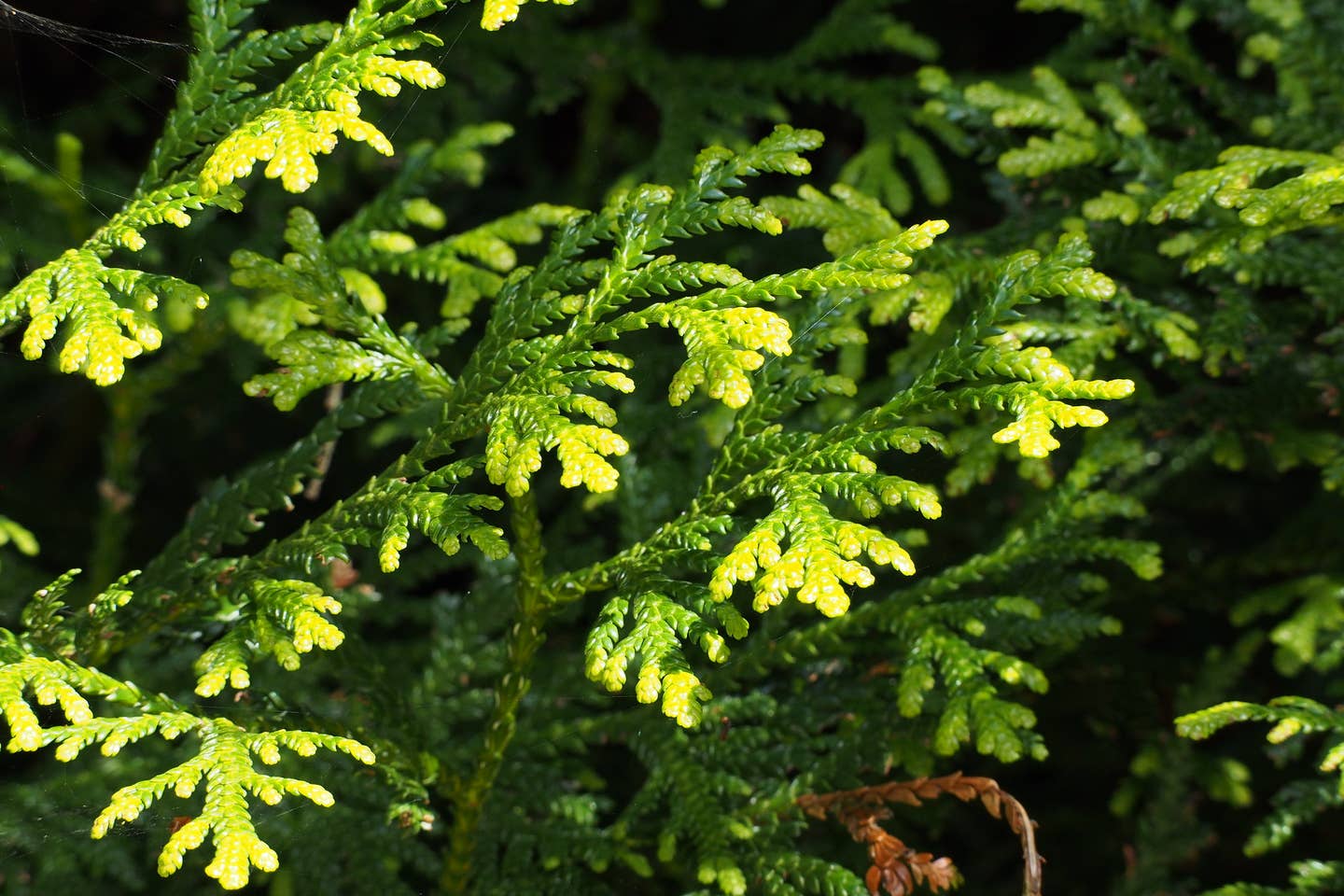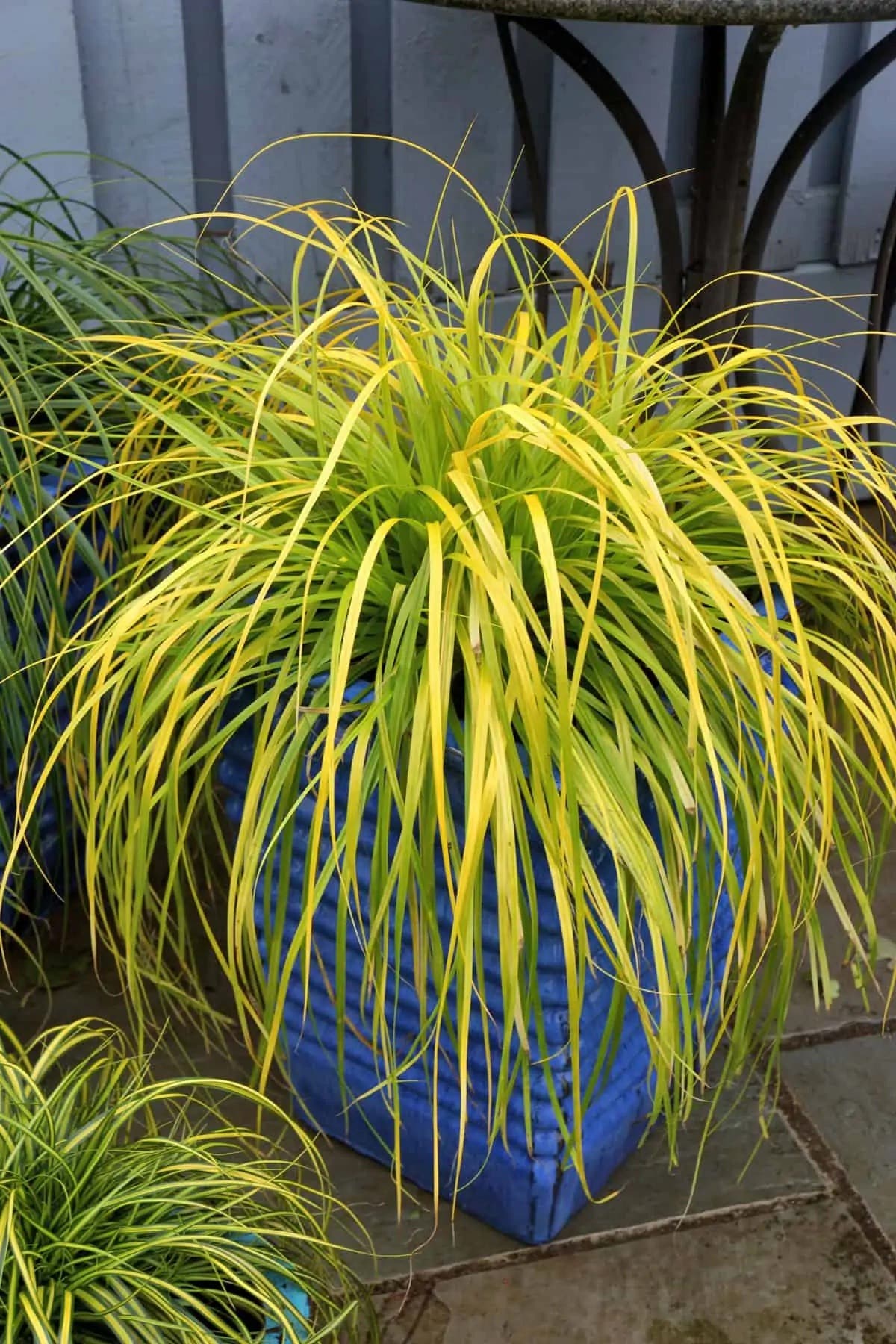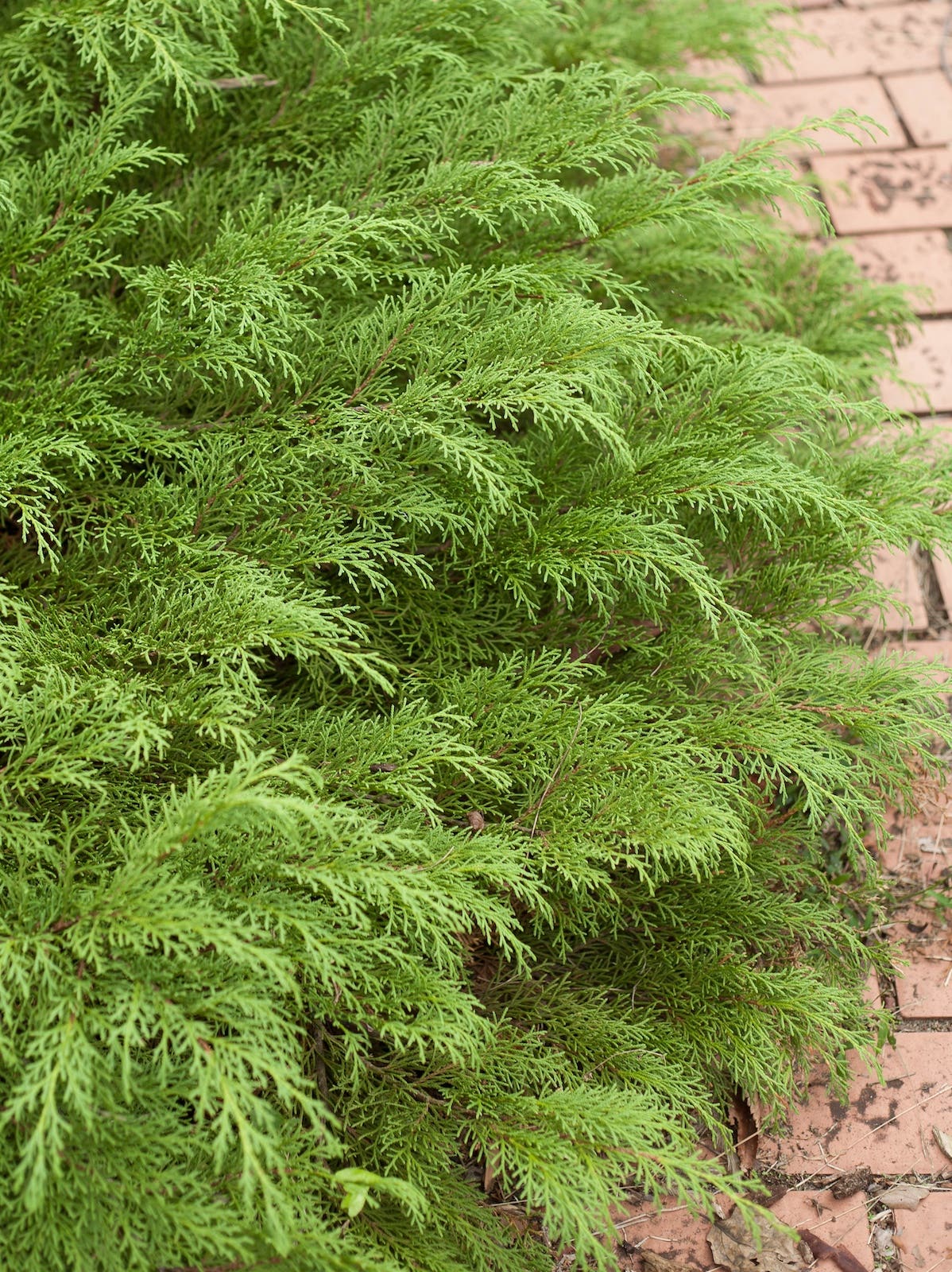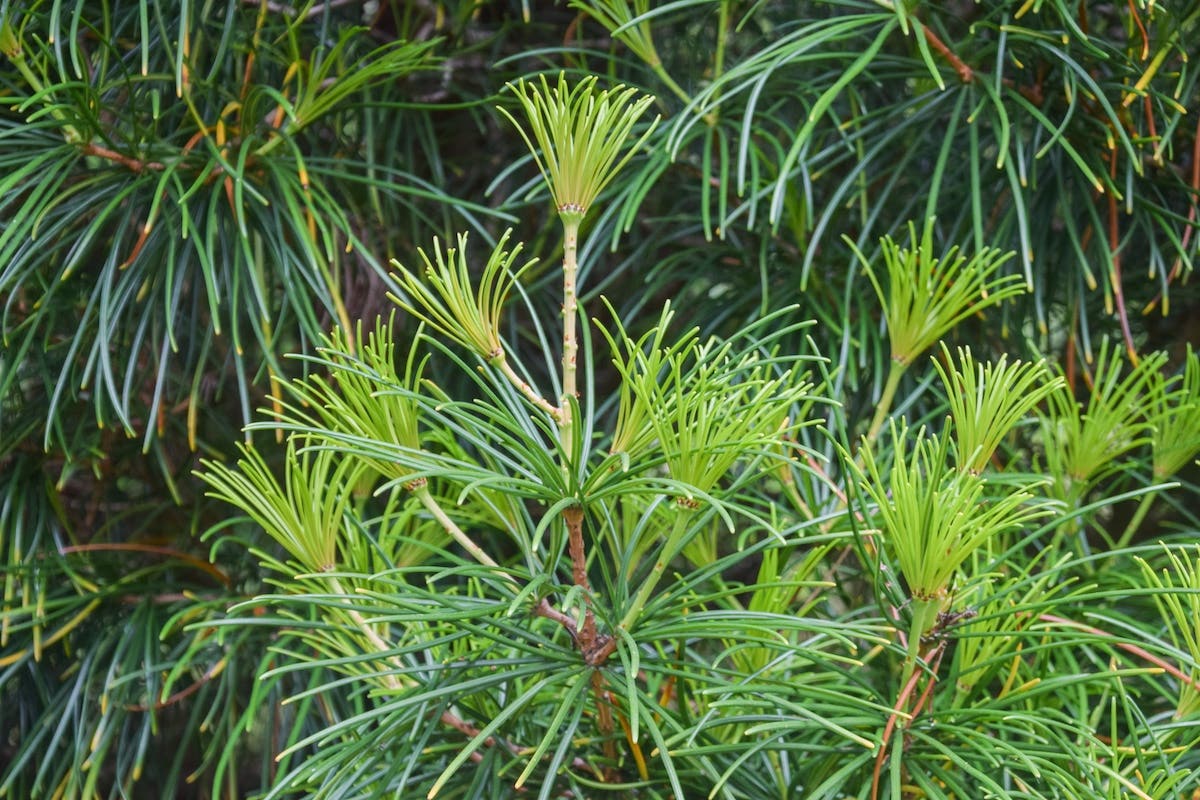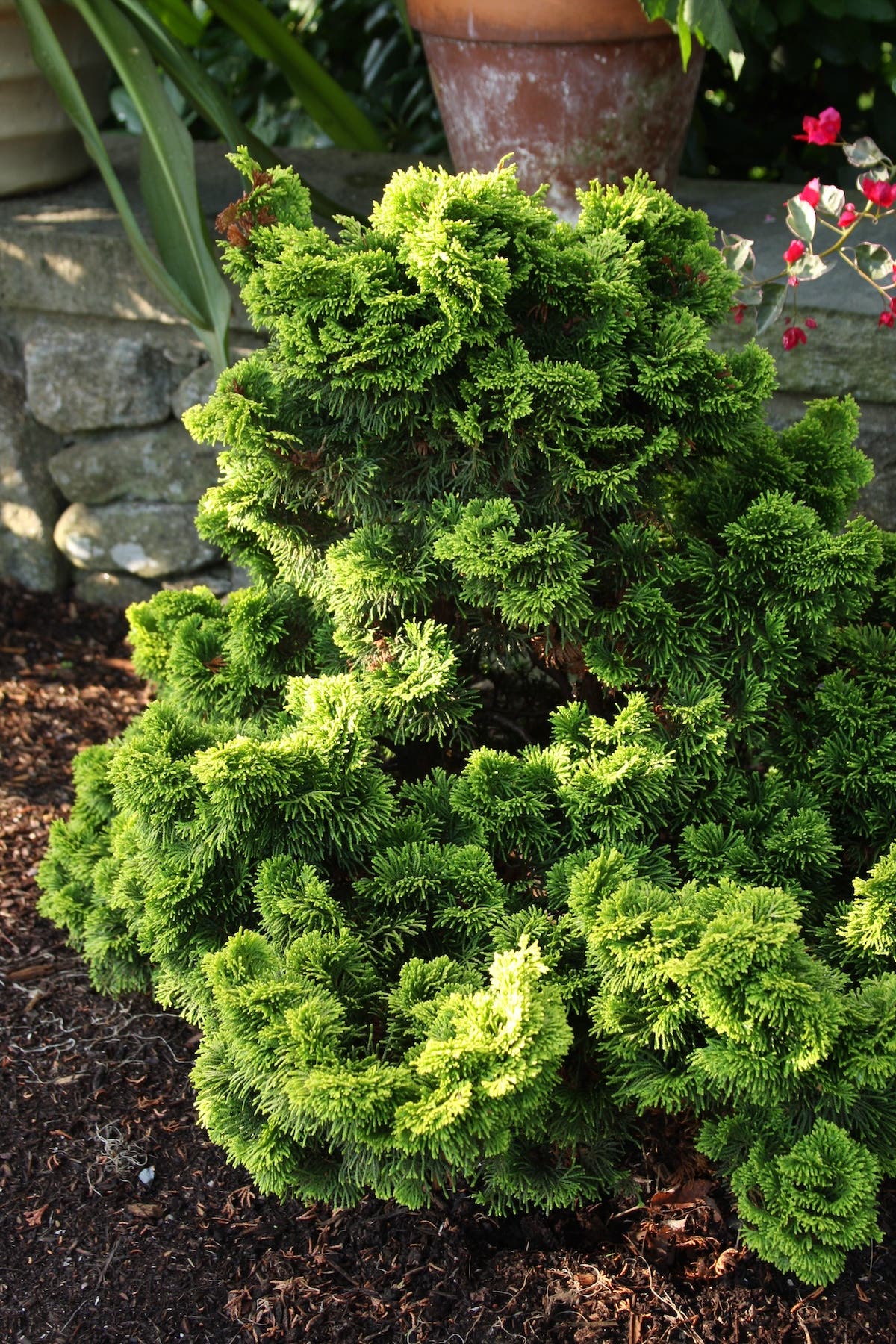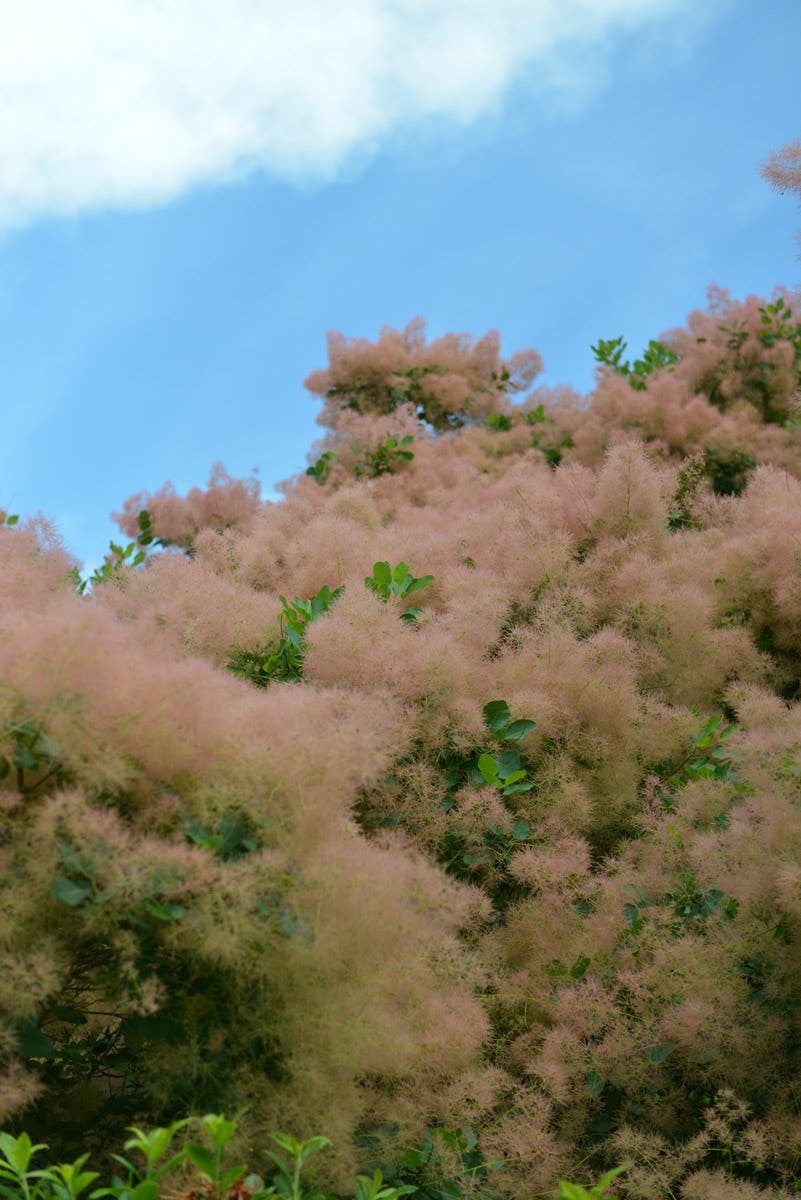Harry Potter’s Walking Stick
Question: I was at a gardening lecture and the speaker mentioned “using Harry Potter’s walking stick” in one of her garden designs. Do you have any idea what she could…
Question: I was at a gardening lecture and the speaker mentioned "using Harry Potter's walking stick" in one of her garden designs. Do you have any idea what she could have meant?
Answer: We're willing to bet that the lecturer actually said "Harry Lauder's walking stick." That's the vernacular for Corylus avellana 'Contorta', a deciduous shrub admired for its twisted branches and crimped leaves. It typically grows 8 feet tall and wide or larger.
It's a low-maintenance shrub that works well as either part of the backdrop "architecture" of the garden or as a focal point. Although it loses its leaves in winter, it adds great visual interest in that season, owing to its curious branch pattern, which becomes more apparent after the leaves fall.
This variety was first discovered in a hedge of common hazel (Corylus avellana) in the 1800s. It was later nicknamed Harry Lauder's walking stick after a Scottish entertainer who carried a crooked cane.
In late winter, hard green catkins (long, thin dangling clusters of petal-less flowers, such as on willow, birch and oak) appear. They lengthen over the coarse of the year and turn soft and golden early the following spring.
Grow Harry Lauder's walking stick in full or part sun and well-drained soil, in USDA Zones 4 through 8. Remove any suckers (new plants springing up from the base) because they will likely not exhibit twisted branching. This is because this variety is usually grafted onto the roots of a different species.
Small garden? See 400 Trees and Shrubs for Small Spaces
Browse popular, trusted gardening and plant books by respected authors


